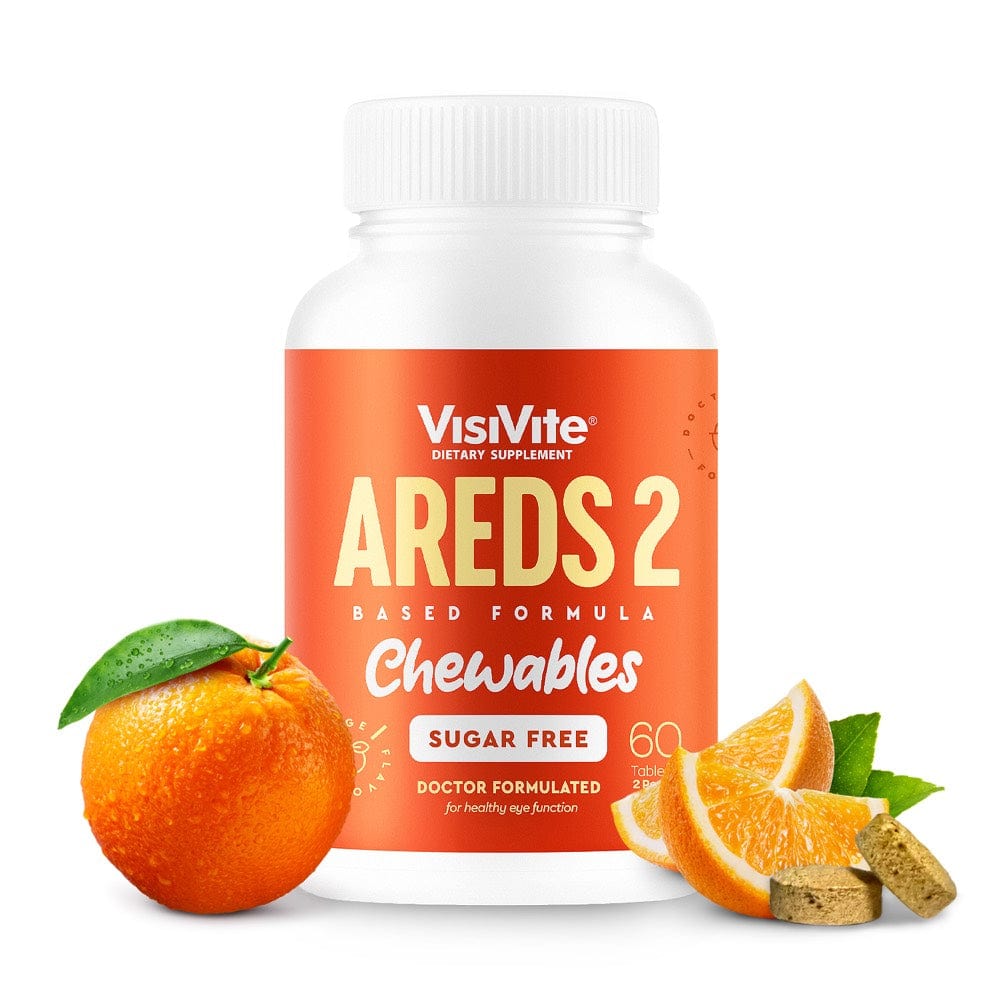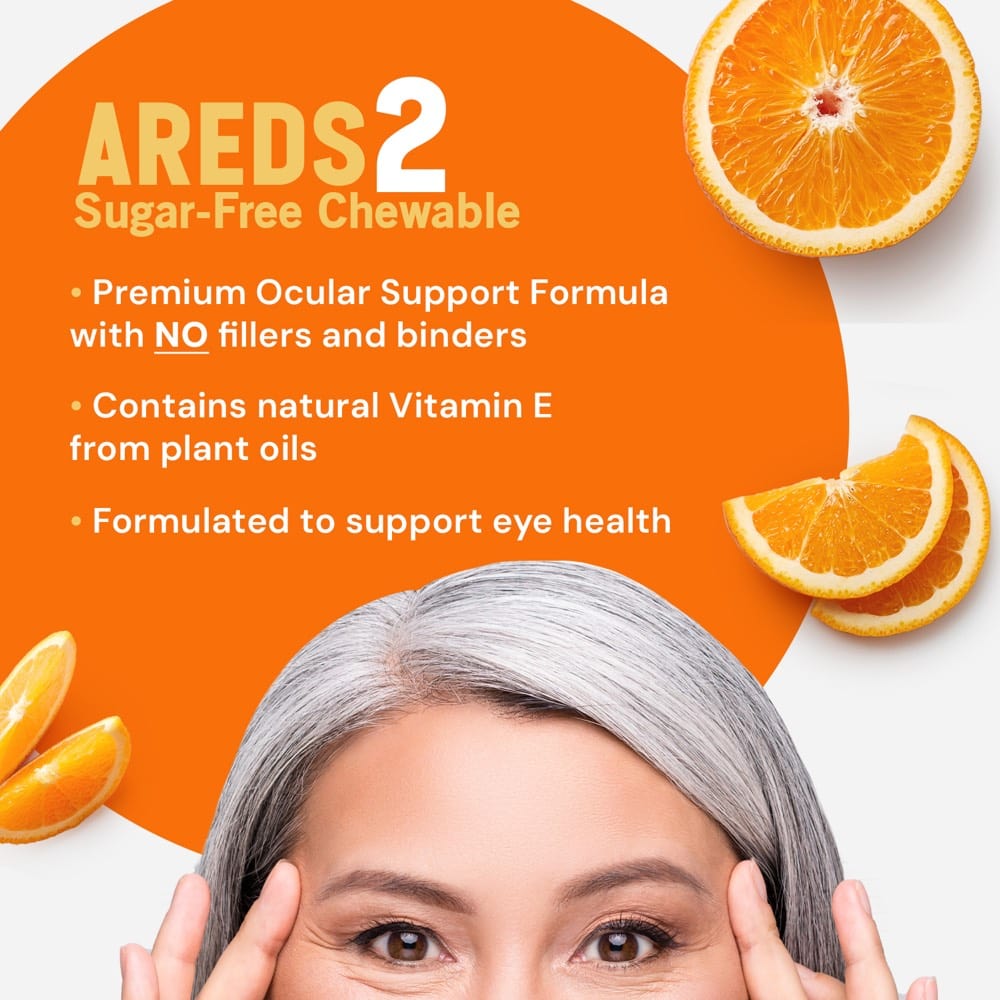One of the hidden dangers to summer has nothing to do with sun exposure.
Ultraviolet light is certainly a risk not only to the skin by causing chronic changes in raising the chances for development of both benign skin lesions as well as squamous cell and basal cell carcinomas, but in addition, chronic changes to the internal lens of the eye (cataract) and damage to the retina (macular degeneration).
But as I was out in the garden this holiday weekend, vigorously planting flowers and pulling weeds, I was reminded of the dangers that are often hidden to the public and outside the popular news reports. Each year, here in the Northeast, between May and September, patients stream into my office with various eye injuries related to gardening.
Among these are corneal abrasions–which are excruciatingly painful scratches to the surface of the eye–resulting from getting inadvertently brushed by a branch or even a leaf. Corneal abrasions are not only painful and cause redness, severe light-sensitivity, and tearing, but in addition, because of the lack of blood vessels on the surface of the cornea, in some cases these scratches never fully heal. This condition is called recurrent corneal erosion, and can be problematic for years each time the eyelids are opened, pulling off the newly healed corneal epithelial cells, which begins the pain cycle all over again.
Loamy soil might be great for the health of your plants, but soil doesn't belong in the eye. And because soil is actually a mixture of various materials, even small ocular foreign body particles can be difficult to remove if they get lodged underneath the upper eyelid. Once in contact with the conjunctiva–the outer surface of the eye–it is not unusual for the eye to become swollen, irritated, and red. The particles in soil may be so small, that even after everting the eyelid and flushing it with water, small remnants can remain which can continue to the irritating.
But perhaps the most worrisome of all gardening accidents are those that involve blunt trauma to the eye. These are the most visually debilitating and heart-wrenching of all emergencies that I see in my office. Because garden tools are used to apply force against the earth–which is far stronger than we are–we are often caught pulling, tugging, or otherwise fighting the forces of the ground which remain steadfast. This can result in the tool coming toward our face as the resistance breaks or we lose grip with the ground. And it is not only ourselves that are at risk, but there are also risks to those who are working nearby. If somebody is working to dislodge clay with a shovel and dispelling the dirt to the side, and you are nearby, you need to be vigilant and aware that the shovel can suddenly break free with enormous force and speed. In my own practice, I have witnessed debilitating injuries from these and similar accidents.
Fortunately, the solution to keeping your eyes safe from gardening accidents couldn't be more simple.
Eye protection!
During the summer months, with the sun high in the sky, sunglasses are the obvious solution to protect against both ultraviolet light as well as physical trauma to the eye. Even those sunglasses that are not certified as safety goggles will provide some measure of protection against blunt trauma.
Of course, safety goggles are your best measure for reassuring complete safety.*
Paul Krawitz, M.D., President and Founder
Vitamin Science Inc.


 One of the hidden dangers to summer has nothing to do with s
One of the hidden dangers to summer has nothing to do with s










